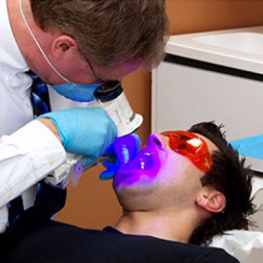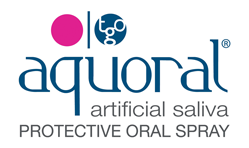Dentists can use tools like the VELscope VX to conduct screenings for oral cancer without fear of false positives.
April is Oral Cancer Awareness Month, turning the attention of our profession towards this insidious disease. There are many misconceptions and shocking truths surrounding oral cancer today, and every dental professional needs to be aware of them.
One of the first misconceptions is the prevalence of oral cancer. Many consider oral cancer to be somewhat rare. However, about 132 individuals will become victims of an oral cancer diagnosis each day in the U.S. alone, totalling over 48,000 annually. An estimated 9,570 people will die of this cancer this year. Those who survive have to contend with disfigurement due to late stage discovery, severe xerostomia, dietary restrictions, chronic pain, and the threat of recurrence on a day-to-day basis.
Secondly, a huge misconception pervading the public at large is the confidence that non-smokers are not at any inherent risk for oral and/or oropharyngeal cancer. In fact, data supports a 50% decline in the incidence of smoking related oral and oropharyngeal cancer and a 225% increase in HPV (human papillomavirus) related oral and oropharyngeal cancers over the same study timeframe (1984-2004).
HPV increasingly has been shown to be associated with squamous cell cancers of the oropharynx (near the base of the tongue and tonsillar areas). It is estimated that nearly all sexually active men and women will have an HPV infection in their lifetime.
Most of the population will deal with the virus without any significant repercussions. A persistent infection with a high-risk strain such as HPV-16 poses a grave risk, though, of the development of oral and oropharyngeal cancer. Based on the available data, the incidence of HPV-positive oropharyngeal cancers could surpass the leading number of HPV-associated cervical cancers in the U.S. by 2020. The virus is commonly transmitted through sexual activity, namely oral sex.
You can read the full article now at Todays Dental News.
Acknowledgements: Article from Todays Dental News - Spring 2016. Used with permission from Dentistry Today.











